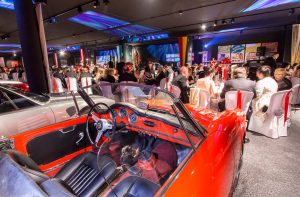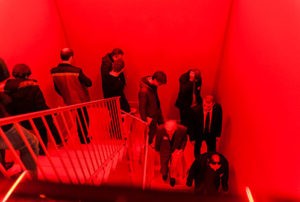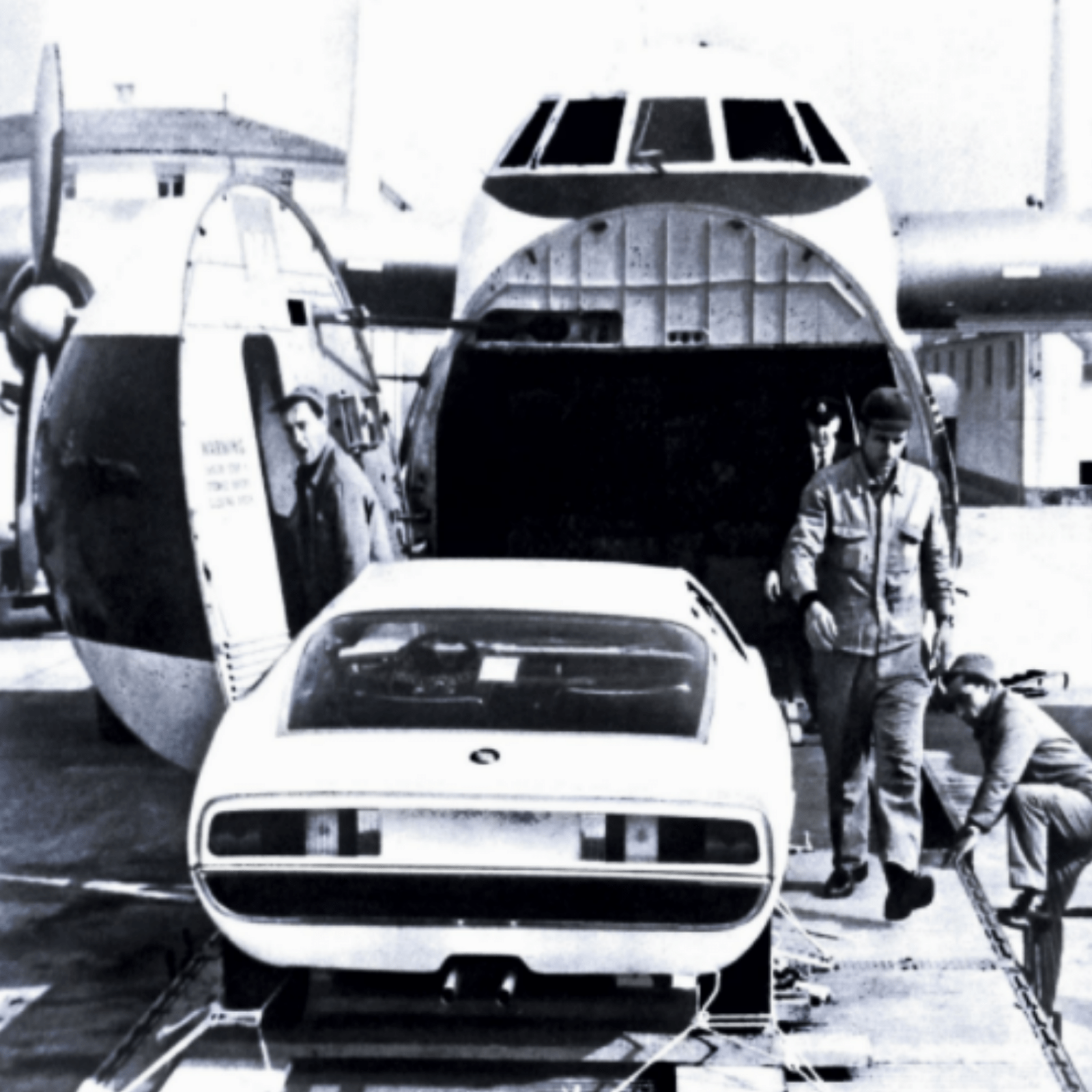
Passion
Il Quadrifoglio 1967
29/01/2021
"The need for an easy and pleasant means of contact, of continuous information, that allows us to be close to all the Alfisti and to update them directly, has become very important to us". Giuseppe Luraghi.
Reading in 2021 the statistics and growth indices of 1967, we admit, has a certain effect. "Registrations increased by 13.3 per cent compared to the corresponding ten months of 1965. For exports, the official statistics, referring to the same period of the year, mark an increase of 21 per cent." These figures, however, should not make us sigh with bitterness, but remind us that after difficult times, there is always a rebirth awaiting us. Let's continue with this dive into 1968, but before discovering the cult topics, we would like to share Maurizio Sala's comment that helps us to better understand the importance of Il Quadrifoglio:
"Today everyone knows the importance of a serious CRM program: timely and regular re-contacting of leads, prospects and acquired customers is essential. In the 1960s this was not the norm: CRM and Lead Management were terms unknown to dealers and manufacturers (even today there are cases of "illiteracy" in this area). The Alfa we all love has always been at the forefront in all fields: 60 years ago -40 years before Internet and Facebook- Giuseppe Luraghi and Leonardo Sinisgalli (one of the most influential Italian poets and art critics from 1930 to the end of the 80s), invented a high-profile publication, a quarterly newsletter sent free to all Alfisti who bought a car. After 8 years, 28 issues and hundreds of articles, texts and extraordinary photographs, in 1975 (when Giuseppe Luraghi resigned from his post), Alfa's new management decided to discontinue the publication of "il Quadrifoglio" of which - fortunately - the Fratelli Cozzi Museum Museum has preserved the memory and the entire collection!".


GIUSEPPE LURAGHI'S RACE CONTINUES
The sidereal distance that separates the economy of 1967 and that of 2021 is all encapsulated in a double-digit percentage that sees an increase in registrations on the domestic market of 13.3% and +21% for the foreign market.
Other times, reborn after the post-war reconstruction, a golden island that already sees on the horizon the beginning of a new revolution as we can guess from the words of Luraghi himself: "As far asAlfa Romeo is concerned, the demand for its cars in Italy and abroad has been, and continues to be, very strong. The heavy strikes that took place during the busiest months of the car market had a significant impact on sales, but once the difficulties of that period were overcome, deliveries were able to resume so quickly that, by the end of October, registrations were 15.1 percent higher than in the corresponding period in 1965 and exports were 23 percent higher".
Language Note:
Rereading Luraghi's text, one can savour again the taste of a slow and exhaustive Italian, which does not disdain the use of adverbs in -mente (particularly, exceptionally, directly...) and the use of numerous subordinate sentences. Absolutely absent is the use of abbreviations. A text that would send in fibrillation every SEO algorithm of modern times.
"But at some point you're alone behind the wheel, the rules don't serve anyone anymore and no one can help out."
When America felt "unsafe"...
Issue No. 2 of Il Quadrifoglio of January 1967 featured a young Andrea De Adamich on the cover and it was immediately clear that the theme of "security" would be central to the inside pages.
A need for social security, with 1968 just around the corner, and economic security, with the American front putting pressure on the European markets: "The problem of the "safety" of cars has recently come to the fore, especially following the uproar caused by the new official American regulations. Apart from the suspicions that have accompanied this blow by the US Government to the overwhelming power of the car industry (which has seen its sales drop considerably); apart from the suspicions expressed here and there that the same US Government has at the same time wanted to indirectly hit European car imports...".
For Alfa Romeo, "safety" rhymes with the Giulia and it is to the Giulia that it dedicates this substantial article, accompanied by a sketch of the Giulia's bodywork with differentiated resistance, a detail studied by Alfa.
But beyond the socio-economic-automobile analyses, the real secret to feeling safe at the wheel is revealed by Ferruccio Bernabò in his article entitled "SAFETY IS KNOWING HOW TO DRIVE", with the following statistics as its buttonhole: "Every hour on the roads of Italy: one dead and 35 injured. This is the measure of the tribute that man pays to the civilization of the motor". A tribute that, however much you love engines, it's better not to pay and, surely, some important indication can come from the "3 B's": Businello, Baghetti and Bandini who tell Marco Mascardi "How to become a driver".

CATEGORIES
In the January 1967 issue, there is no lack of mention of Alfa Romeo as a protagonist of the cinema, a theme beloved by the Fratelli Cozzi Museum, which in the past has dedicated the in-depth article "Tutti al cinema" (All at the cinema), produced in collaboration with Cinemalfa and, as always, there is the appointment with the unfailing columns.
ALFA WINS, at the Cup of the Alps (France), 500 kilometres of Interiagos (Brazil), 6 hours of Green Walley (Texas), at the Coupe de l'Avenir in Zolder (Belgium), just to mention some of the 25 victories assigned to Biscione in the quarter. Alfa also conquered in powerboating, as Mario Bernasconi recounts.
Inevitable victories in the Tourism category with "over 300 victories, one victory per day. The European Challenge, the Trans-American Championship, three national championships in Italy and ten abroad. The Constructors' Trophy in France, the President's Cup in America, the Mitropa Cup in Europe. This is Alfa Romeo's sporting 1966. A record of victories. Every victory a record. The Quadrifoglio is once again the standard bearer of Italian motoring in the world."
As always, there is no shortage of national and international press coverage, with the absolute protagonist being
"The GT 1300 Junior to the judgment of the press" presented by Severo Boschi that brings us back on that "Bastia-Balocco" that has much to tell.
Curiosity:
. The "Feminine Question" peeps out also on the pages of Il Quadrifoglio... but we will talk about it soon, dedicating an in-depth analysis to a theme dear to us.
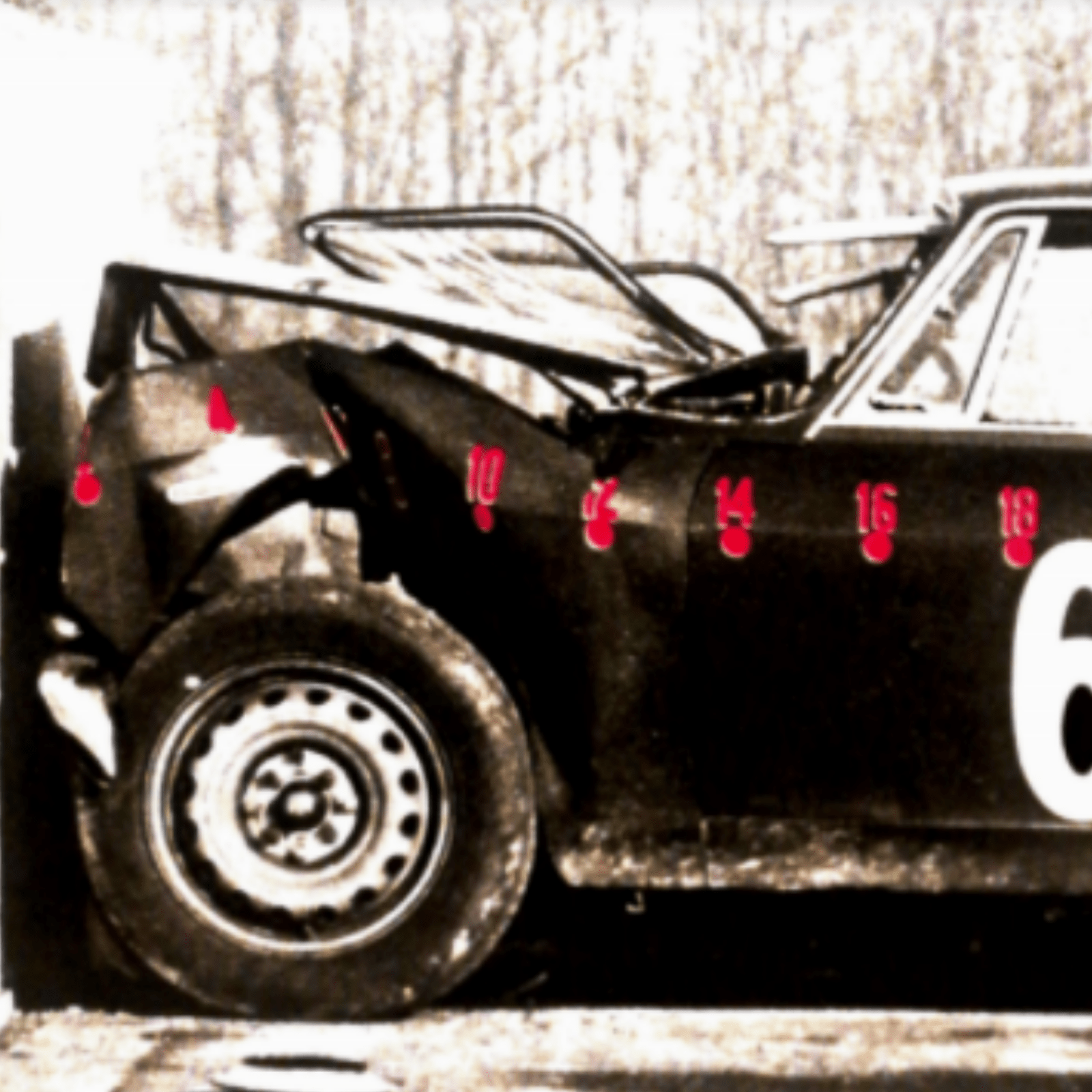
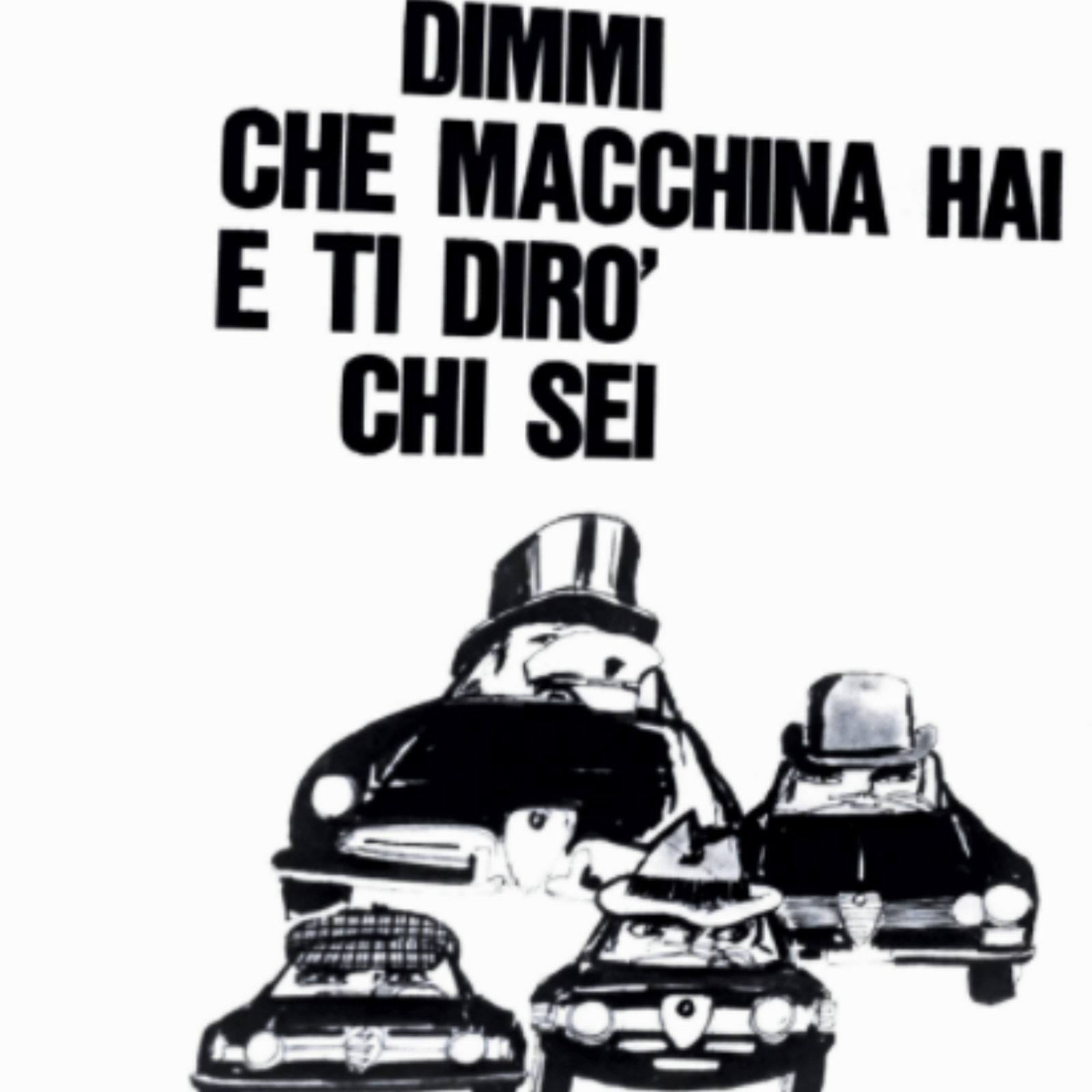
And we close this article dedicated to 1967 as we started it, that is to say with the Montreal that began its journey towards the Alphyser dream.
In the pavilion "L'uomo, il produttore", an overview of the latest prodigious technical and entrepreneurial achievements, the best of world industry is gathered. - wrote Guido Vergani - A section is reserved for prototypes, for those symbols, that is, not futuristic but real, which, while they represent a sure and unsurpassed point of arrival, give a glimpse of goals that are now within reach. In this "Citadel of the future" a car model that suggests an idea of the possible approaches in the short term could not be missing. This symbolic car is an Alfa Romeo.
"Proof that Alfa Romeo ," adds Vincenzo Moro, "has become a real aspiration in the appraisal of every motorist is provided by the International Universal Exhibition in Montreal, which will open at the end of April to celebrate the centenary of the Canadian Confederation. The organizing committee of the Exposition, whose theme is "Man and his world", has spontaneously chosen two Alfa Romeo cars, from among all the brands, to be placed at the centre of the pavilion dedicated to Man the Producer, as a symbol of world car production".


